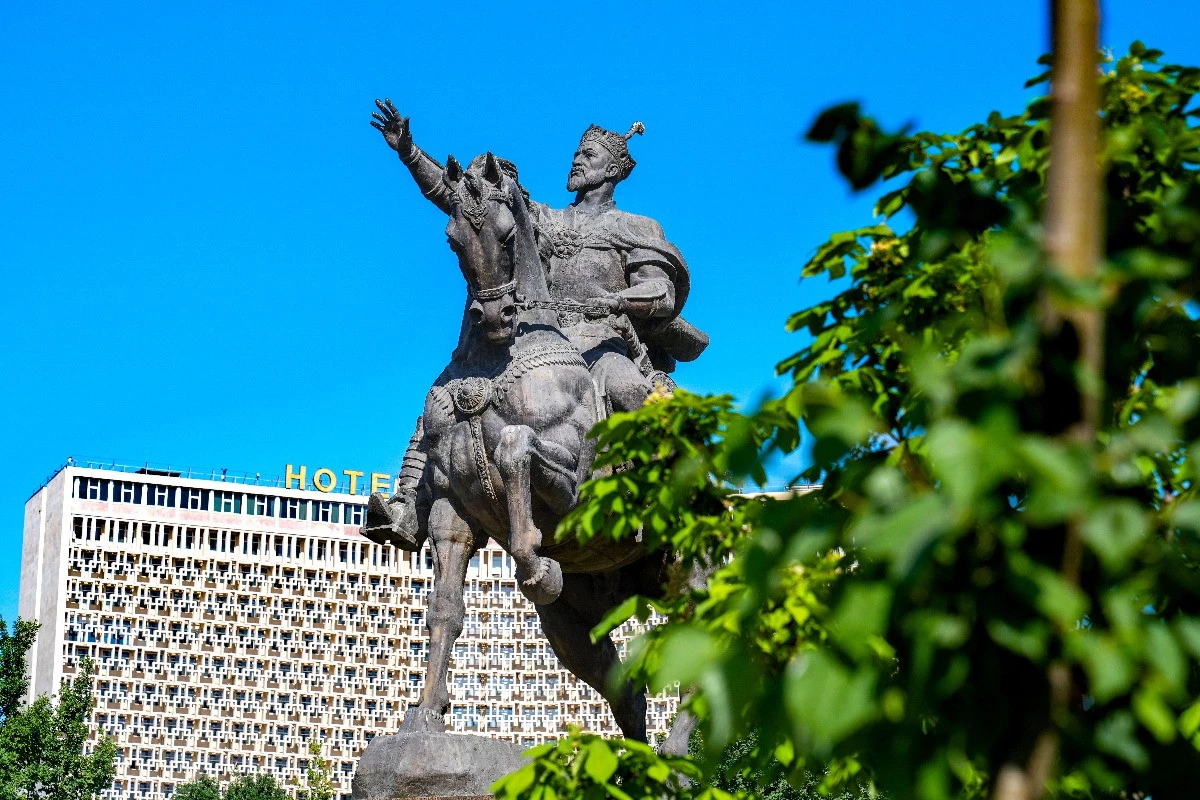

The start of Eid is traditionally based on sightings of the new moon, which vary according to geographic location.
Islam follows a lunar calendar, so Ramadan and Eid cycle through the seasons.
Before Eid al-Fitr, markets teem with shoppers buying clothes, shoes, cookies and sweets.
An “open house” fills the air as friends and families trade visits celebrating the holiday and enjoying traditional delicacies such as ketupat, rice cooked in a palm leaf pouch, and rendang, a meat dish stewed in spices and braised in coconut milk. Older Muslims give money in green packets to children and guests who visit their homes.
Making or buying Eid cookies dusted with powdered sugar is another fixture of marking the holiday in the country.
In Indonesia, the world’s most populous Muslim-majority country, many people embark on an exodus to their hometowns to celebrate the holiday with loved ones. This year, an estimated 193.6 million travelers are expected to crisscross the vast archipelago for Eid in a homecoming tradition known locally as “mudik.”
In Malaysia, Muslims also have a homecoming tradition for Eid. The first day usually begins with a morning prayer in the mosque, seeking forgiveness from family and friends, and visiting loved ones’ graves.
In Egypt, families partake in Eid prayers amid a festive atmosphere. Many visit relatives, friends or neighbors, and some travel to vacation spots. Children, usually wearing new Eid outfits, receive traditional cash gifts known as “eidiya.”
In the United States, where Muslims make up an ethnically and racially diverse minority, many come together for Eid prayers and for festivals featuring fun activities for children and families. These often include such things as face painting and balloon twisting.

Autumn in Korea marks a season of renewal and reflection — and in the culinary world, it is the time of jang (fermented sauces) and kimchi making, the heart and soul of Korean cuisine. These traditional foundations of the Korean table embody centuries of fermentation culture, offering not only rich, complex flavors but also health benefits: they strengthen the immune system, support digestion, and help the body maintain its natural balance — especially during the colder months.

Today, Uzbekistan continues to steadily strengthen its cooperation with the international community in education, science, culture, and innovation. In this process, the country’s partnership with UNESCO holds a special place. Uzbekistan became a member of UNESCO in 1993 – a historic step that paved the way for integrating the national education system, scientific potential, and rich cultural heritage into the global intellectual space.

The Hungary Pavilion has enchanted over one million visitors at Expo 2025 Osaka. Hungary’s presence at the World Expo was uniquely aligned with the event’s central theme, directing attention to traditions, the harmony between humanity and nature, and the idea of building the future upon the values of the past. The Hungarian participation proved to be a true success story in every respect: with nearly 70 cultural programs, more than 80 professional and business events, 46,000 restaurant guests, 2,250 protocol visitors, and tangible tourism results, Hungary’s six-month showcase in Osaka concluded with outstanding achievements.